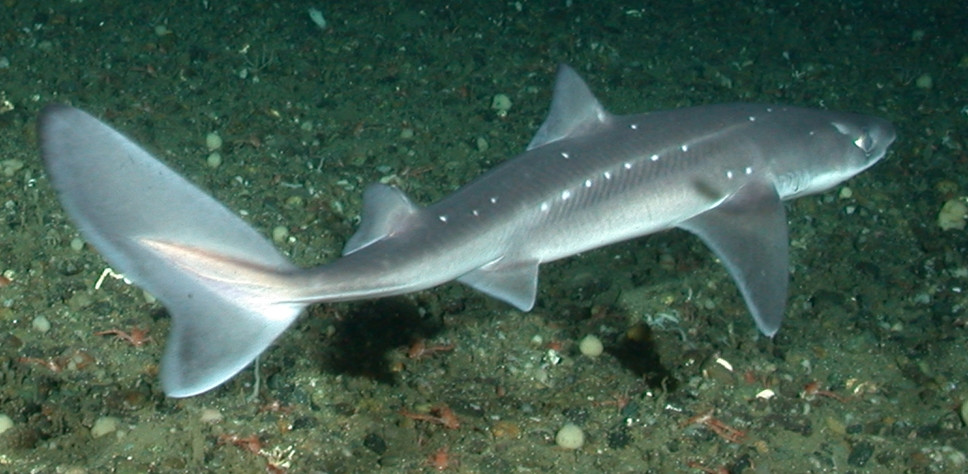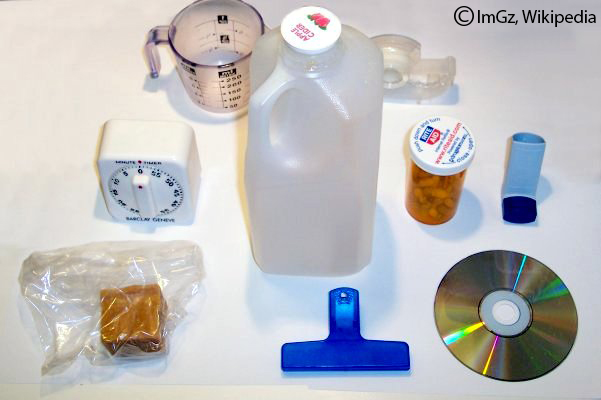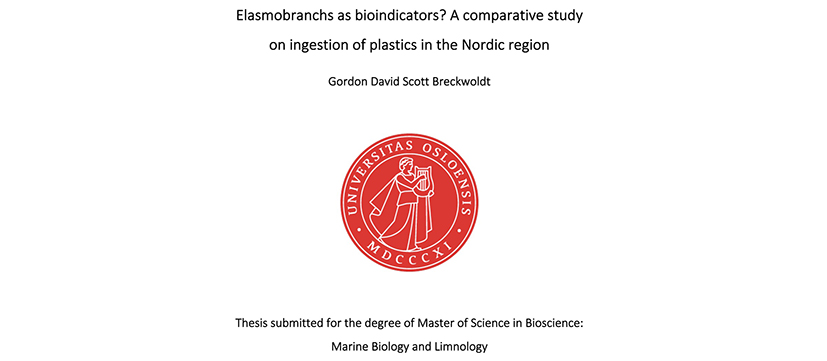Plastic pollution has become a major threat to many marine ecosystems, and there is a need for an improved understanding of its impact on marine organisms. The Masters thesis of Gordon Breckwoldt entitled “Elasmobranchs as bioindicators? A comparative study on ingestion of plastics in the Nordic region” aimed at quantifying and characterizing the ingested macroplastic particles above 1 mm in the stomachs of the spurdog shark (Squalus acanthias), the starry ray (Amblyraja radiata) and the Arctic skate (Amblyraja hyperborea) from the North Sea, the Norwegian Sea and the Barents Sea. In stark contrast to the results of studies on elasmobranchs in southern waters only one plastic particle was detected in 229 stomach samples, and, certainly, substantially higher abundance of plastic particles in the target species has been expected.

Gordons Masters thesis was conducted as a cooperation between the Institute of Marine Research, Tromsø, and the FEZ group with Dr. Claudia Junge and Lutz as supervisors.
Text in the teaser: What have these households items to do with the research some of our group did conduct this year? We show it today.
Picture in the teaser: Picture changed to include the copyright, the used license can be found here (https://creativecommons.org/licenses/by-sa/3.0/deed.en)

![]()
